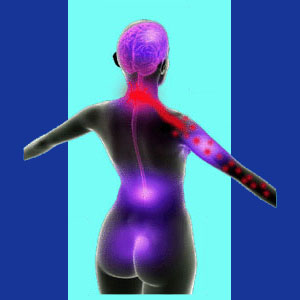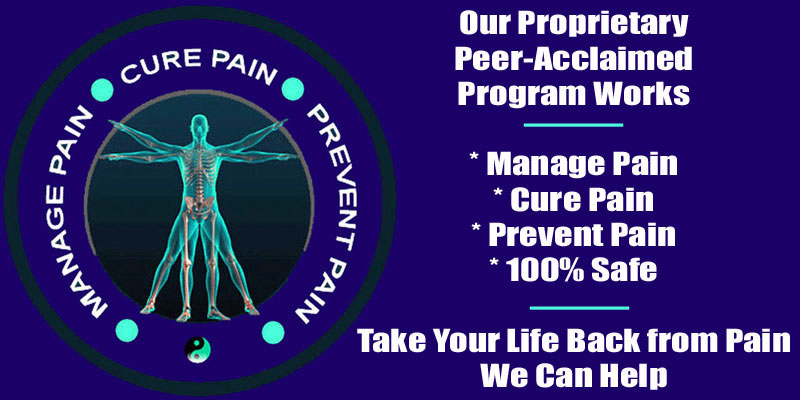
Neck pain rehabilitation is a crucial part of the recovery process. Many neck pain syndromes require rehabilitative therapy in order to facilitate full healing and prevent long-term negative consequences.
What methods of rehabilitation are best? Can you self-rehabilitate a neck injury or pain condition as effectively as undergoing professional care? What pitfalls should you avoid when going through rehabilitation therapy? These questions are all worthy of attention and are commonly asked by our many global readers.
This post tackles the subject of rehabilitating neck pain problems due to injury, surgery, disease or degeneration. If you want to regain full function without pain, then you will need to learn all you can about proper neck rehabilitation practices.
What is Neck Pain Rehabilitation?
Rehabilitation is part of the process that will help the body to fully heal and regain abilities that may have been lost or reduced because of pain, disease, degeneration or injury. Pain is a very powerful motivator and is well known to prevent people from using an affected anatomical location to its normal functionality. In essence, if it hurts to move the neck, people tend to not move it, which causes consequences that might endure even after the pain is gone.
Rehabilitation is not only used to manage the collateral consequences of not moving or exercising a region, but is also used to build strength and structural integrity in the area where pain directly occurred. This can be a point of injury, disease or degeneration, as well as an area affected by surgery. All of these causes can cause pain and diminished functional capacity. Rehabilitation can work to strengthen these areas and prevent similar pain problems in the future.
Neck Rehabilitation Practices
Depending on the cause of neck pain, there may be case-specific practices used for some patients which are not detailed here. However, there are some virtually universal methods of rehabilitation that are widely used to help neck pain sufferers who are trying to regain full functionality and prevent future pain:
Physical therapy is the gold standard of rehabilitation care and is almost always covered under major medical insurance policies. Physical therapy can be used to rehabilitate injury due to trauma or postoperative injury on the spine or surrounding musculature. Physical therapy can also be used to rehabilitate areas affected by disease or disease-treatment (such as chemotherapy in cancer patients) and to strengthen areas that have degenerated structurally.
Other forms of exercise therapy can be substituted for traditional physical therapy. Calisthenics, exercises and stretches can all be used, as can activity-based therapeutic methods like Pilates, tai chi and yoga.
Pain coaching can be a valuable addition for the rehabilitation efforts of many patients, especially for those who still have pain and find that traditional PT makes their pain worse, even though they see the value of continuing with the rehab effort.
Knowledge therapy is also a valuable addition to traditional PT programs, since it helps to dispel the nocebo effect of disease, injury, surgery and spinal degeneration. For many patients whose pain was never structural, knowledge therapy can be both their cure, as well as they preventative path to less future pain and their full rehabilitation method. There is no denying the flexibility and effectiveness of knowledge therapy for many chronic pain problems in the neck anatomy.
Neck Pain Rehabilitation Questions
Can I rehabilitate my own body following injury, surgery, disease or degeneration? Or do I require a professional physical therapist? This is an excellent question. As a professional fitness trainer, I always rehabilitated all my own injuries and used my knowledge to actually cure my own chronic pain and prevent it from coming back. This is something that no doctor could accomplish for me, so I guess I am a bit prejudiced in this regard… Yes, if you are knowledgeable about the body and fitness, you can definitely rehabilitate your own issues and regain full function without guidance.
If you are capable to perform the therapy, but simply need help on the best program, you can take a compromise approach… You can consult with a physical therapist, doctor of rehabilitation medicine or fitness trainer who specializes in rehabilitation work, and let them set you up with a program just once. Once they go over the right way to do everything, you can do the work to yourself with less investment of time, effort and money.
Of course, there is no harm in going the professional rehabilitation route either… If you have access to quality care and can afford it, then by all means, avail yourself of all the help you can get and fully rehabilitate your neck pain.





